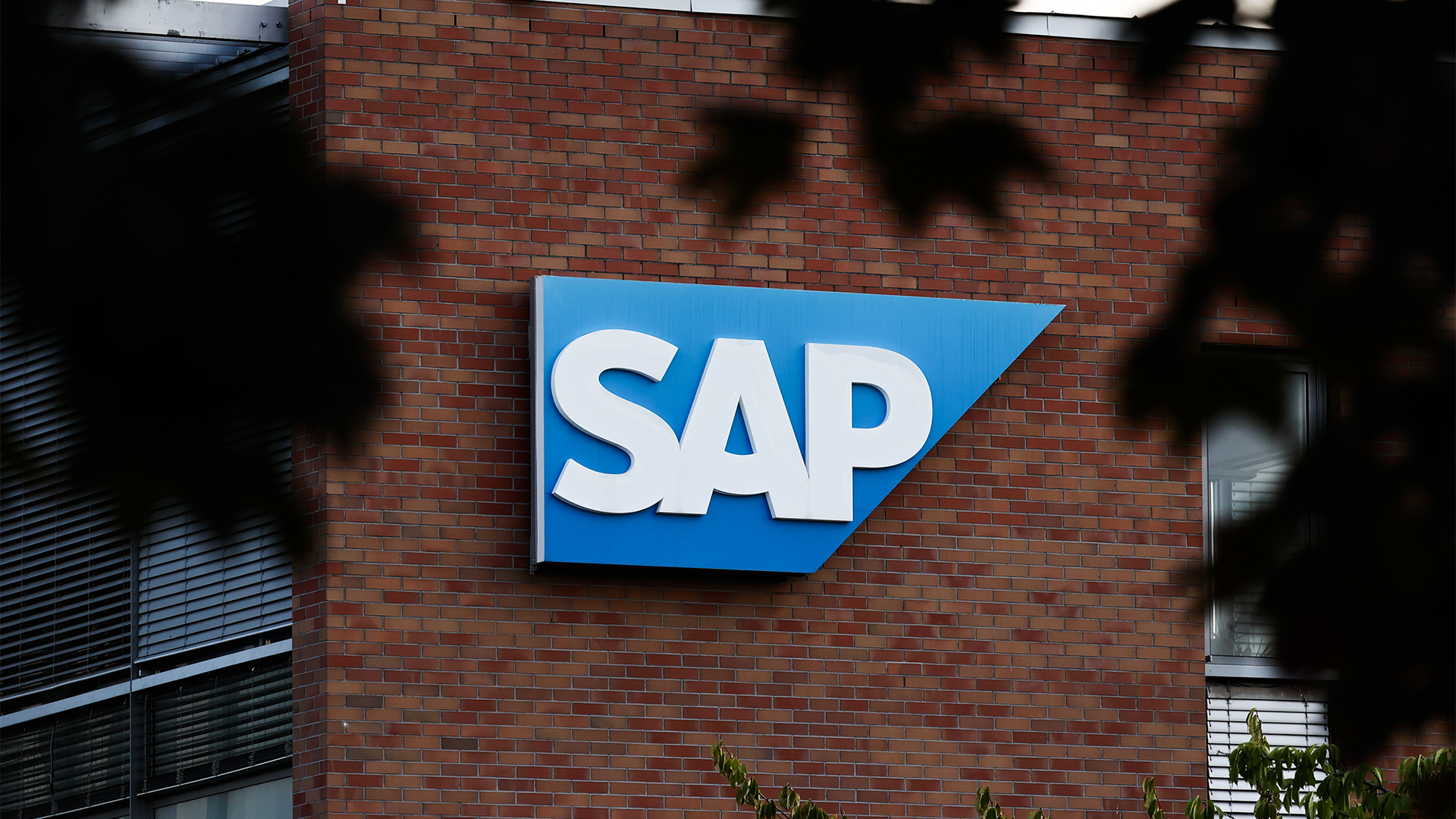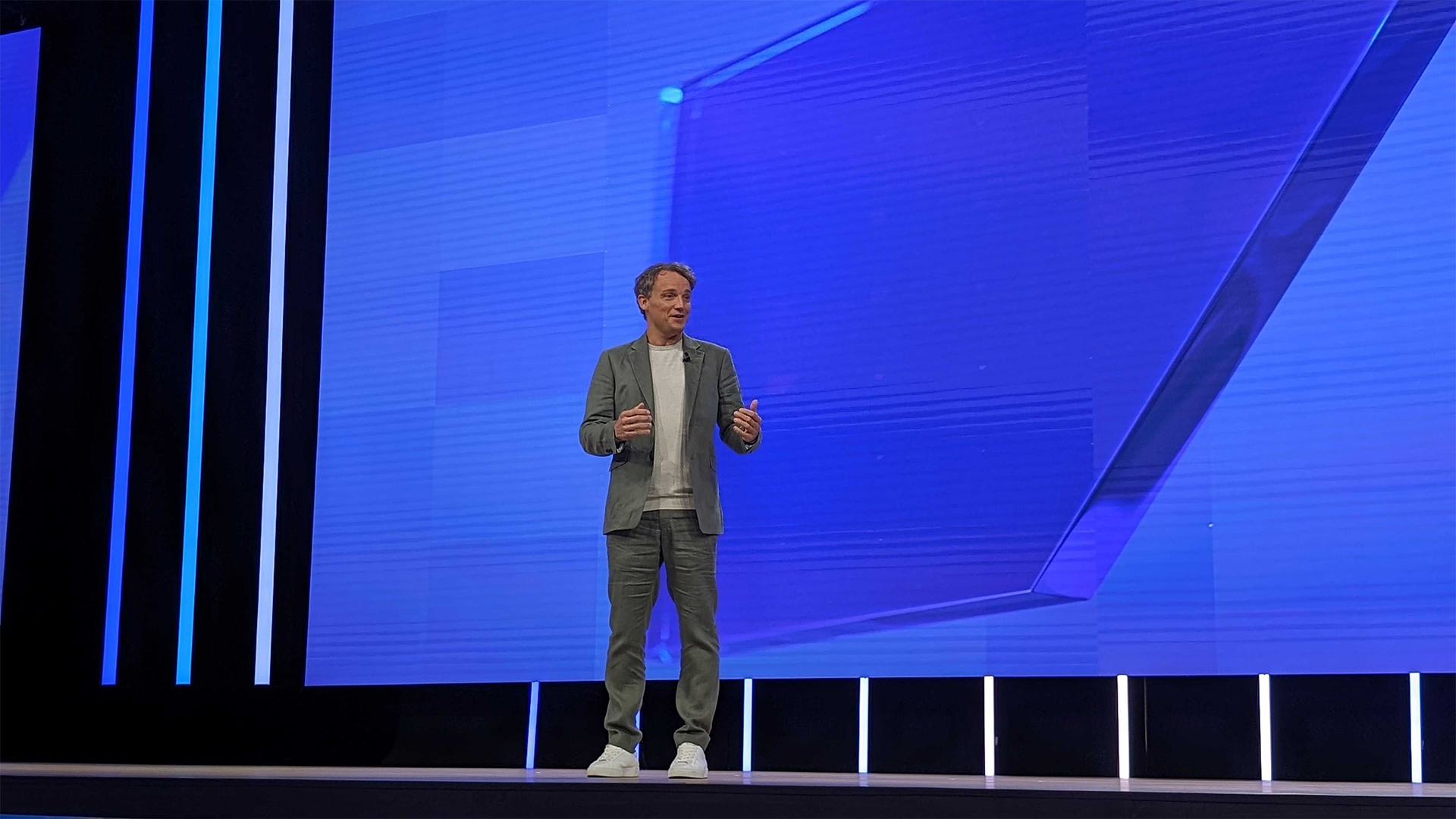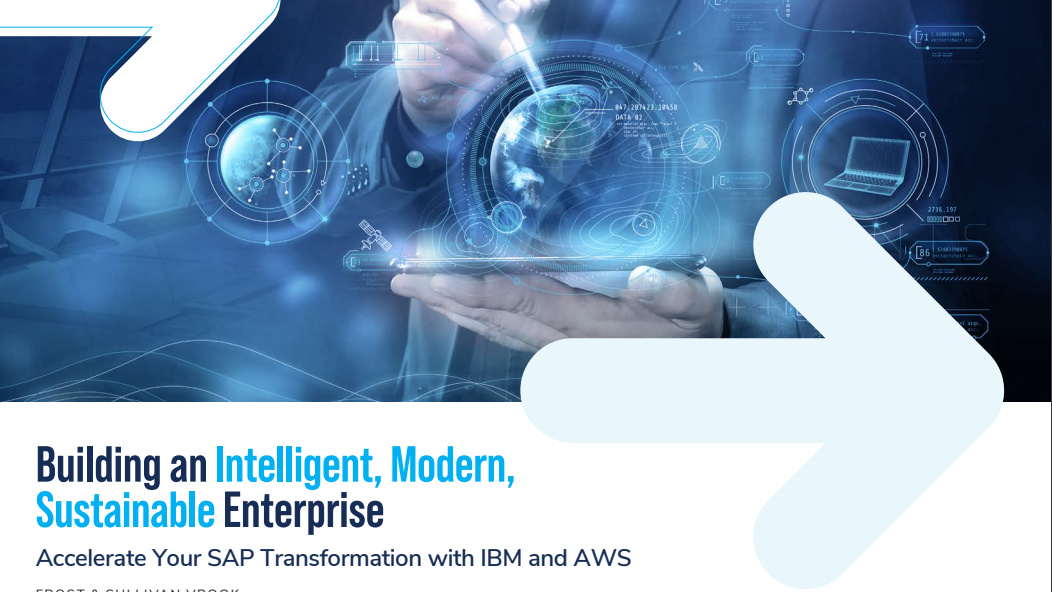Analysis: Software as a service hits a glitch
Interest in on-demand software is growing among IT directors. But despite this, larger vendors say take up is falling short of expectations.

The first quarter results from enterprise software vendor SAP, released last month, confirmed something many industry watchers had expected. The company was delaying the rollout of its Business by Design software, which it was developing for small and mid-sized businesses.
But the news still shocked the wider IT community. Business by Design was not just SAP's newly-crafted offering for small and mid-sized firms. It was also the company's first dedicated venture into the software as a service (SaaS) market. And SaaS was one of the fastest-growing areas of the entire software industry.
Poor initial sales of Business by Design were blamed for an 18 per cent fall in SAP's profits (income), according to the company's US GAAP figures. Operating margins also fell.
"Both the US GAAP and the Non-GAAP operating margins were impacted by accelerated investments of approximately 40 million to build a business around the new SAP Business By Design solution to address new untapped segments in the midmarket as announced by the Company at the beginning of 2007," SAP said in its statement to the US and German stock markets.
The company's guidance went further, predicting that it would take 12 to 18 months longer than expected to build Business by Design into a $1 billion (500 million), 10,000 customer business. And SAP would be postponing the international roll out of the software. Initially, the software was launched in five markets: the US, Germany, the UK, France and China. Further country roll outs are being delayed until 2009.
"When we launched Business by Design, SAP chief executive Henning Kagermann said we would be learning and that [learning] would be put back into our products and general strategy," said Schalk Viljoen, global director for go-to-market strategies for mid-sized enterprises in an interview with IT PRO. "We started with five countries, and additional countries will hold off until next year. The benefit is that we will be able to devote all our development and support to those countries, rather than spreading resources."
A blow for SAP
Sign up today and you will receive a free copy of our Future Focus 2025 report - the leading guidance on AI, cybersecurity and other IT challenges as per 700+ senior executives
The delay was none the less a blow for SAP, which had launched Business by Design with much fanfare in New York last September. The announcement also provided unwelcome publicity for SAP in advance of its Sapphire user events in Orlando and Berlin this month.
None the less, Viljoen remains upbeat about the prospects for the software. "We are getting good traction in the UK," he said. "This is due to a number of factors that customers say is a no brainer: adopting new software can be a catalyst for change, and companies' strategies have been constrained by their [existing] systems. And if they bought software five or 10 years ago they will have to upgrade anyway."
The problem for SAP - and for other enterprise software vendors looking for a share of SaaS revenues - is that there are few guarantees that businesses will turn to the established players for on-demand applications. Part of the attractiveness of software as a service, after all, is that it opens up the door for IT directors to buy in applications from new vendors, often offering specialist functional or industry expertise.
"There are a number of SaaS vendors doing very well," said Chip Gliedman, vice president and principal analyst at Forrester Research. "Salesforce.com has just issued guidance that their next quarter will be better than expected. But there is a completely different mindset among the software as a service vendors and the licensed software vendors."
This difference, he suggests, is largely a question of how each set of companies approaches its customers. Licensed software companies are focused on upfront licence sales, with perhaps 20 per cent of their revenues derived from additional services, such as support contracts. But as software as a service companies rely on subscriptions, they have to put more emphasis on ongoing customer satisfaction.
"The licence model puts the risk on the company buying the software," said Gliedman. "In the software as a services model, the vendor assumes more of that risk. You wonder how vendors wedded to a low-risk business model can wean themselves away from that."
NetSuite: Afraid of cannibalisation?
And according to Zach Nelson, chief executive of software as a services vendor NetSuite, there is another factor at work. The large software vendors, he said, have tended to embrace the idea of software as a service, but then pull away from it, perhaps out of a fear of simply cutting away their existing licensing revenues.
"The large vendors don't yet really know how to get into this market, and they don't want to cannibalise their existing customer bases," he said. "They tend to be hesitant and only offer SaaS for specific customers or specific needs. But customers don't see it that way - they believe it is up to them, the customers, how they use it."
"The success of SaaS brands such as salesforce.com, SuccessFactors,
Concur and NetSuite is proving that companies of all sizes - and specifically SMEs -- can take advantage of powerful applications that were previously out of reach to them," said Karen Steele, vice president of vendor Xactly, a company that offers sales performance management software on a services basis. "The economics of leasing verses buying software minimises the risk and cost associated with software implementations," she said.
Undoubtedly, the large software companies will continue to devote time and resources to this space, and companies such as SAP and Microsoft remain committed to offering some products on a pay-per-use basis.
But even if such companies only make limited inroads into the SaaS market, this might matter little to chief executive officers. The CIO of the near future is as likely to be managing a series of services from a range of vendors, as to run large, monolithic applications in house. And nor is that vision of the future limited to SMEs.
"There are still some reservations around SaaS, especially integration, customisation and security," said Forrester's Gliedman. "These could be deal breakers, but it comes back to cost benefit. Do you want to spend a year putting up, say, a CRM application and making it look exactly how you want, or do you want something you can modify through configuration, rather than customisation?"
-
 Trump's AI executive order could leave US in a 'regulatory vacuum'
Trump's AI executive order could leave US in a 'regulatory vacuum'News Citing a "patchwork of 50 different regulatory regimes" and "ideological bias", President Trump wants rules to be set at a federal level
-
 TPUs: Google's home advantage
TPUs: Google's home advantageITPro Podcast How does TPU v7 stack up against Nvidia's latest chips – and can Google scale AI using only its own supply?
-
 SAP wants to take data sovereignty to the next level with new 'on-site' infrastructure options
SAP wants to take data sovereignty to the next level with new 'on-site' infrastructure optionsNews The cloud computing giant will allow customers to host SAP-managed infrastructure directly within their own facilities
-
 SAP launches sovereign cloud service for UK customers
SAP launches sovereign cloud service for UK customersNews The move makes SAP the latest to roll out a sovereign cloud service for UK customers
-
 UiPath and SAP team up to streamline cloud migrations
UiPath and SAP team up to streamline cloud migrationsNews The UiPath Platform is being integrated into SAP’s Build Process Automation and packaged as a new SAP Solution Extension
-
 SAP wants you in the cloud and generative AI is how it will lure you there
SAP wants you in the cloud and generative AI is how it will lure you thereAnalysis SAP is “trying hard” to take all of its customers on a digital transformation journey, but says there is only one destiny – the cloud
-
 What differentiates SAP's generative AI from all the rest? The quality of its data
What differentiates SAP's generative AI from all the rest? The quality of its dataAnalysis SAP chief exec Christian Klein talks up opportunities in Europe and the importance of cloud systems for AI
-
 Building an intelligent, modern, sustainable enterprise
Building an intelligent, modern, sustainable enterpriseWhitepaper Accelerate your SAP transformation with IBM and AWS
-
 Mercedes F1 accelerates AI adoption in off-track IT transformation project
Mercedes F1 accelerates AI adoption in off-track IT transformation projectNews Mercedes F1 looks to optimize back-end operations to match the performance of its race teams
-
 Why Vistaprint migrated from on-prem to SAP S/4HANA
Why Vistaprint migrated from on-prem to SAP S/4HANACase Study Vistaprint, a provider of marketing products for more than 20 years, decided to migrate to transform its business operations